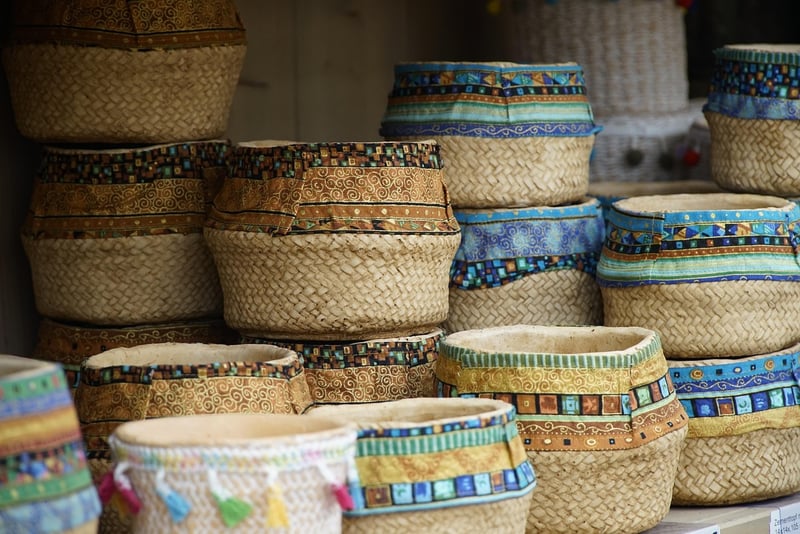Ethnic Ingredients
Exploring Culinary Diversity: A Journey Through Ethnic Ingredients
When it comes to cooking, the world is a vast treasure trove of flavors waiting to be discovered. One of the most exciting aspects of culinary exploration is delving into the rich tapestry of ethnic ingredients that add depth, complexity, and uniqueness to dishes from around the globe.
The Beauty of Ethnic Ingredients
Each culture has its own set of culinary traditions, and at the heart of these traditions are the unique ingredients that define them. From aromatic spices to exotic fruits, these ingredients not only contribute to the taste of a dish but also speak to the history, geography, and cultural heritage of a particular region.
Must-Try Ethnic Ingredients
1. Sumac
Sumac, a tangy spice commonly used in Middle Eastern cuisine, adds a bright, citrusy flavor to dishes like salads, meats, and dips.

2. Gochujang
This Korean chili paste brings a spicy and savory kick to stir-fries, marinades, and soups, making it a staple in Korean cooking.

3. Plantains
Commonly found in Caribbean and African cuisines, plantains can be fried, boiled, or baked and add a sweet and starchy element to dishes.

Embrace Culinary Diversity
Exploring ethnic ingredients not only opens up a world of new flavors but also fosters a deeper appreciation for different cultures and their culinary heritage. So why not embark on a culinary journey and spice up your cooking with a touch of global flair?
Remember, the next time you're in the kitchen, don't be afraid to experiment with unfamiliar ingredients - you might just discover your new favorite flavor!
Happy cooking!
